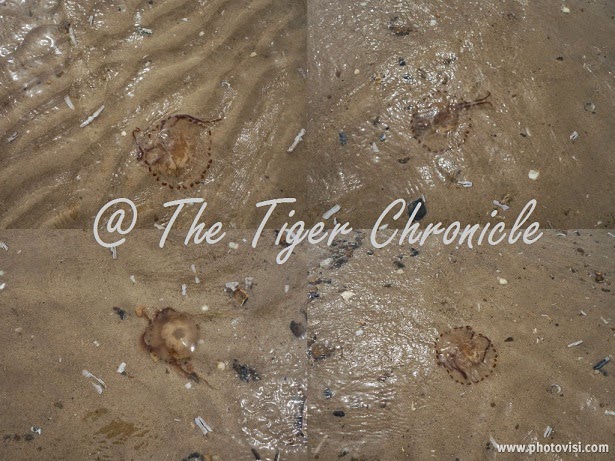My original plan for the summer looked pretty much like this: plenty of summer reading and just chilling out in the sunshine.
 |
| Perfect for the summer: the entire Swallows and Amazons series |
Yes, that was my plan. Notice the past tense.
Tiger has other ideas about what he wants to do with his summer.
First of all, he now considers watching Shakespearean plays at Shakespeare's Globe to be his annual, unmissable summer experience.
It has got to be a good thing, hasn't it? A child who loves Shakespeare's work and who reminds his mother to book tickets to each season's performances when it opens. Hence, it looks like the two of us will be hanging out by the south bank quite a bit this summer. Most of the plays this season are tragedies where the characters are much more complex than those of the comedies, so it will be interesting to see what Tiger makes of them.
As if to make up for lost time in the past year due to his ill health, Tiger has also decided to attend a few summer camps:
- sports (football, trampolining, swimming)
- film-making (photography, 2D animation)
- singing
The most surprising part of the above is that Tiger actually agrees to take part in the one-week classical singing camp where the repetoire will include:
1) songs by Bob Chilcott,
2) Ave Verum Corpus by Mozart,
3) Laudate Dominum by Mozart
We shall see how the singing camp works out. I'm feeling slightly jittery about it because the repetoire is a far cry from the boy's preference of electronic music. He's either going to see the irony/funny side of my putting him in a classical singing camp (it's my attempt to keep him in the civilised world), or he's going to absolutely despise the stuffiness of certain classical music circles (that can happen when the workshop is run by stiff, old-school types). I pray for the former.
 |
| Our first sunflower this year. It marks the start of our summer holiday! |
Meanwhile, I plan to reread The Well-Trained Mind while sitting on the benches (as you can see from the activities listed above, I shall have many opportunities to do that this summer) as I feel we are being drawn once again back to the Classical Education approach. I will also be going through all of John Taylor Gatto's articles to see whether I can figure out a way to incorporate his points (he had a classical education) with those of The Well-Trained Mind into our plans for the next academic year. Specifically, I will be spending time to think through whether I am preparing my son to be a truly educated man.
Please note that I am not suggesting that John Taylor Gatto's definition of what constitutes a true education is to be applied universally to every child. I just happen to have a lot of respect for the man so I make a point of reading his writing every summer as part of my planning process.
This post is linked up to:
- Hip Homeschool Hop - 7/22/14
- Weekly Wrap-up: The one where Charlotte returns
- The Homeschool Mother's Journal (7/26/14)





























